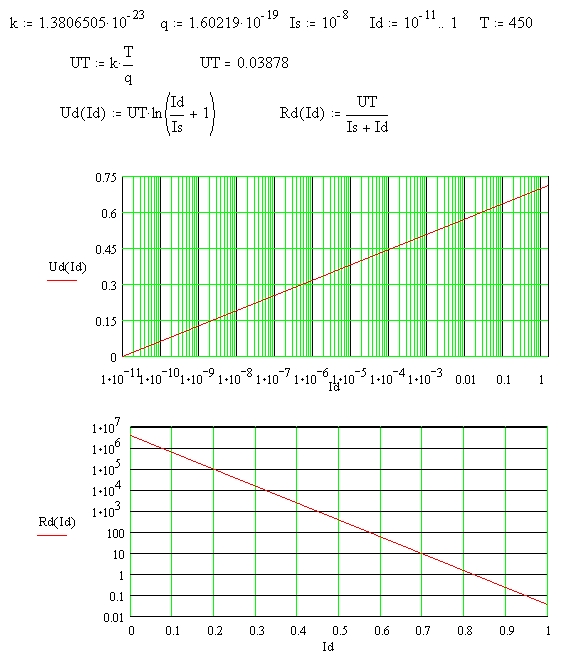I have a question "How to calculate the dynamic resistance ??" For points: U1 = 3V I1 = 0.21A
U2 = 5V I2 = 0.425A
U3 = 6V I3 = 0.5A
U2 = 5V I2 = 0.425A
U3 = 6V I3 = 0.5A
Czy wolisz polską wersję strony elektroda?
Nie, dziękuję Przekieruj mnie tamlordac wrote:I think so:
Rd = dU / dI??U / ?I
on the first segment = 3V / 0.21A = 14.285?
the other = (5V-3V) / (0.425A-0.21A) = 9.3?
the third = (6V-5V) / (0.5A-0.425A) = 13?
Shel wrote:Heh, of course it is about the dynamic resistance di ( d ) odes.
Shel wrote:
"Calculate the dynamic resistance:
data T = 450 K
Is = 10 to the power of -8
and it was given Um, perhaps 10 uV, but it had nothing to do with the task
because Rd = Ut / Is not true ! [ perm. Quarz ] "
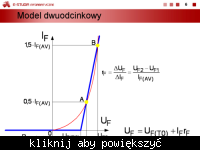

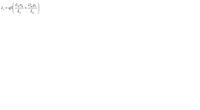
Shel wrote:The changes in the intensity of the ideal pn junction as a function of the bias voltage are described by Shockley's formula:
where: Is - junction saturation current,
U - polarization voltage,
T - temperature [K], S- joint surface,
Dp, Dn - hole and electron diffusion constants, Ln, Lp - electron and hole diffusion paths
Boltzmann constant k = 8.62 o 10-5 eV / K elementary charge q = 1.6 o 10-19 C
Added after 35 [seconds]:
but I still don't know how ( with ) noun live in the task?
Shel wrote:Hello, the topic has stopped, and I still do not know how to properly solve the above-mentioned task, but maybe someone will help me?
sesil wrote:First you need to draw a graph based on the formulas you got from Paweł ES.
Later, you select the point from the graph where you want to test the dynamic resistance
Then you draw some interval near that point on the X axis and corresponding one on the Y axis
On the X axis you count the increment (you subtract the smaller value from the greater value) and you already have dU similarly on the Y axis
And then Rd = dU / dI

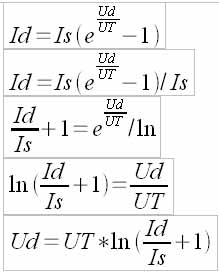



Shel wrote:Again from the beginning, because I am asking a few people and the results are amazing:
Task - Calculate the dynamic resistance of the diode:
Data:
T = 450K
Is = 10to-8
Ud = 10uV
Wanted:
Rd =?
[...]
now we count Rd:
but I still lack data, ie what about this Id?
Shel wrote:otherwise I won't write it down, the fractions are wrongly placed
@Quarz
you can correct me from this integral, because I am not an ace of integration, I only write what my colleagues explained to me ...
Quarz wrote:You're exaggerating ...
Rd = UT / (Is + Id) easy what?
Now you need to know the value Id to find the value of dynamic resistance at a given point, or calculate it as a function Rd (Id) .
greetings
Quote:or count it as a function Rd (Id)
